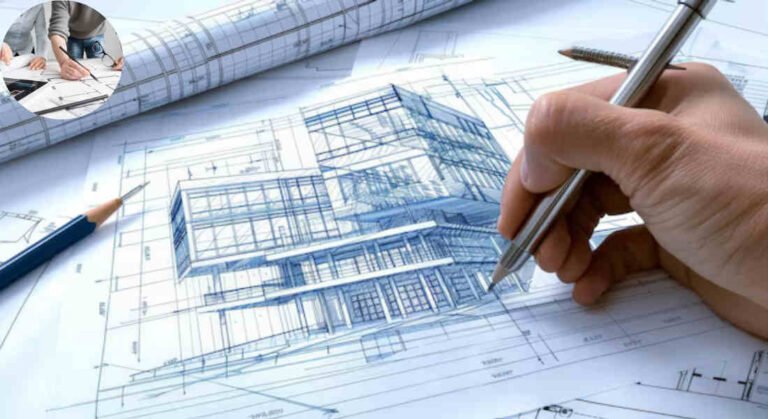Business house architecture plays a pivotal role in shaping not just the physical spaces where companies operate but also the very essence of their identity. What is business house architecture? It encompasses the physical design, layout, and infrastructure of commercial spaces, creating environments that reflect and support business goals.
Architecture is more than just aesthetic appeal; it serves as a strategic asset that influences everything from employee productivity to customer experience.
We aim to provide a comprehensive understanding of how thoughtful architectural design can lead to a more successful business.
Defining Business House Architecture
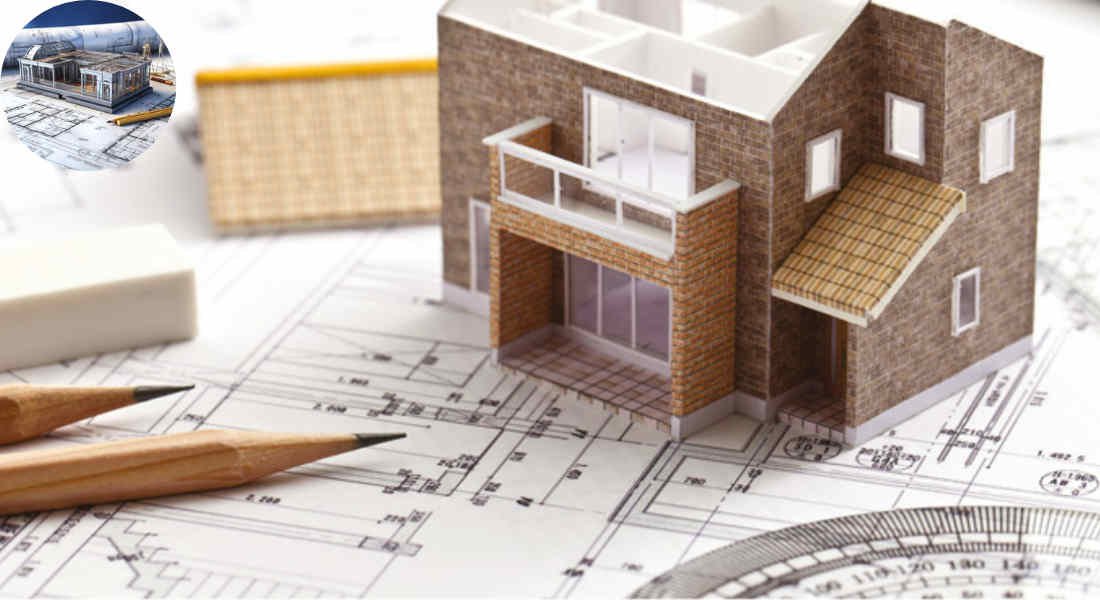
What Does It Entail?
Business house architecture refers to the physical design and layout of commercial spaces, including offices, retail stores, and other business facilities. It involves creating environments that accommodate workflow, foster collaboration, and enhance customer experiences. Key components often include:
- Building Design: The overall aesthetic and functionality of the structure.
- Interior Layout: How spaces are arranged to facilitate operations.
- Infrastructure: Essential systems that support business functions, such as plumbing, electrical, and HVAC.
Distinguishing Between Architectures
While business architecture often refers to the strategic alignment of processes and goals within an organization, physical business house architecture is about the tangible aspects that support those strategies. It’s essential to understand that the two types of architecture work in tandem. The right physical design can directly impact how effectively a business executes its strategies.
Integration with Business Strategy
Business house architecture must align with the overarching business strategy. For instance, a tech startup might prioritize open spaces to foster collaboration, while a luxury brand may focus on creating an elegant and exclusive environment. This alignment ensures that the physical space not only serves operational needs but also reinforces the company’s identity.
Strategic Importance of Business House Architecture
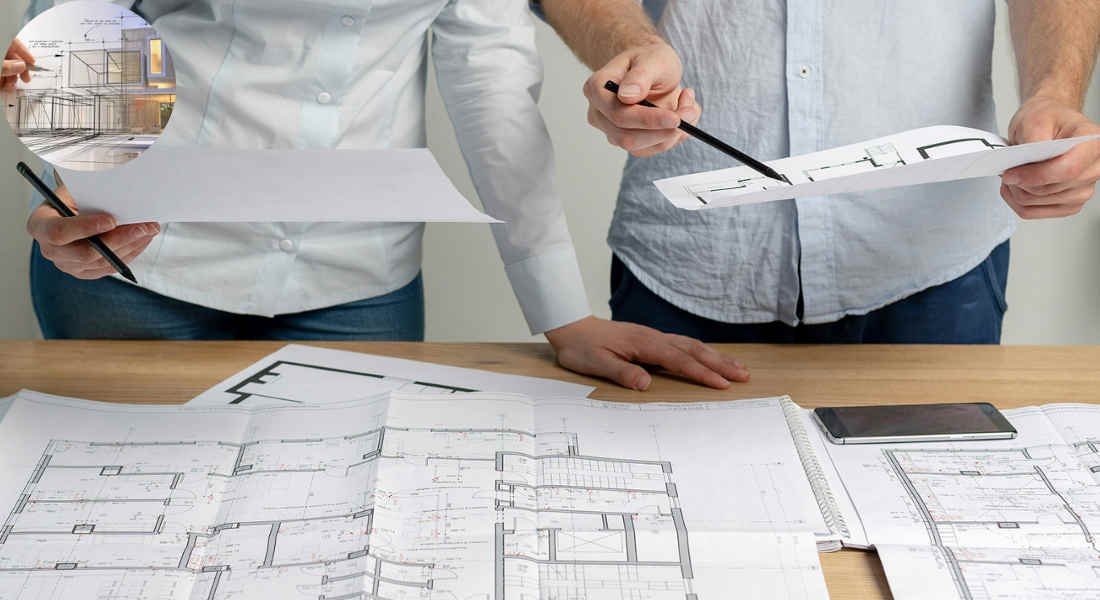
Aligning with Business Goals
The design of a business house can significantly influence how well a company achieves its goals. By creating spaces that reflect the brand’s identity, architecture helps to align the physical environment with corporate objectives. For example:
- A company focused on innovation may opt for flexible spaces that foster brainstorming and experimentation.
- A retail brand may design its store layout to maximize product visibility and enhance the shopping experience.
You may also read (unveiling the earnings of house architectural engineers).
Reinforcing Company Values
Architecture can be a powerful tool for reinforcing a company’s values and culture. Design elements can communicate messages about sustainability, inclusivity, or innovation. For instance, a company that values sustainability might incorporate green building materials, energy-efficient systems, and open spaces that blend with nature.
Impact on Customer Perception
First impressions matter. The architectural design of a business can shape customer perceptions and influence their decision to engage with a brand. A well-designed space can evoke trust and comfort, whereas a poorly designed one may deter potential customers.
Examples of architecture reflecting business vision:
Business TypeArchitectural StyleImpact
Tech Startups Open-plan, modern designs Encourage collaboration
Luxury Retail Elegant, opulent interiors Convey exclusivity
Eco-friendly Brands Sustainable materials, greenery Highlights commitment to the environment
Impact on Employee Productivity and Well-being
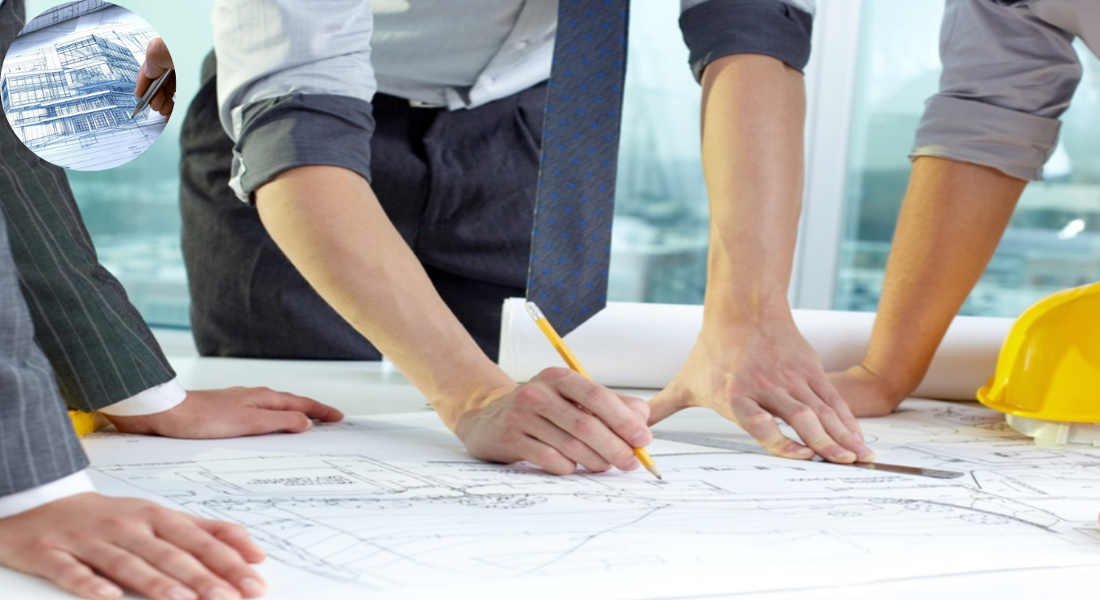
The Role of Design Elements
The influence of architecture on employee productivity is undeniable. Factors such as natural light, open spaces, and ergonomic designs play a crucial role in enhancing employee morale and well-being. Here’s how:
- Natural Light: Access to sunlight has been linked to improved mood and energy levels.
- Open Spaces: They can foster collaboration and communication among team members, making it easier to share ideas and insights.
Reducing Stress and Increasing Focus
Thoughtful architectural design can significantly reduce stress and create environments conducive to focus. For instance, incorporating quiet zones and relaxation spaces can help employees recharge.
Case Studies Demonstrating Improved Productivity
Several companies have reported increased productivity due to their architectural choices. For example, a tech company redesigned its office to include collaborative spaces, resulting in a 20% increase in project completion rates.
Enhancing Customer Experience and Engagement
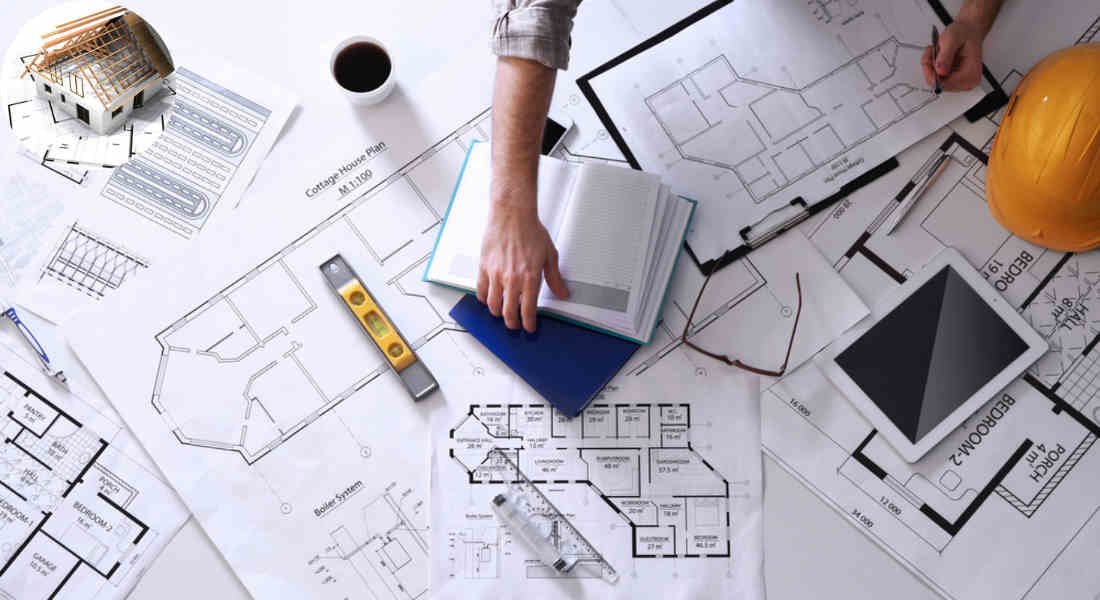
Shaping First Impressions
The layout, lighting, and materials used in a business house can shape customers’ first impressions. A well-thought-out design can create an inviting atmosphere that encourages customers to explore and engage. Key elements include:
- Lighting: Proper lighting can highlight products and set the mood.
- Materials: The use of high-quality materials can enhance perceived value.
Facilitating Customer Flow
Designing spaces that facilitate customer flow is crucial for enhancing the shopping experience. A logical layout ensures that customers can easily navigate the space, resulting in more extended visits and repeat business.
Technology Integration
The integration of smart infrastructure can further improve customer interaction. For instance:
- Interactive Displays: These can provide information and engage customers.
- Mobile Apps: They can enhance customer experience by offering personalized services.
Operational Efficiency and Cost Management
Streamlining Workflow
A well-designed business house can streamline workflow by reducing inefficiencies. For example, arranging departments in a way that minimizes unnecessary movement can save time and resources.
You may also read (how to determine if your manufactured home has a title).
Optimizing Space Usage
Effective architecture can optimize space utilization, enabling businesses to allocate resources more efficiently. This means more productive use of every square foot, which can lead to significant cost savings over time.
Long-term Cost Savings
Investing in quality architecture can lead to long-term cost savings. Key factors include:
- Maintenance Costs: A well-designed building often requires less maintenance.
- Compliance: Ensuring compliance with zoning and building codes can prevent future costs associated with legal issues.
Business Agility, Flexibility, and Future-Proofing
Designing Adaptive Spaces
In today’s fast-paced business environment, flexibility is key. Designing adaptable spaces allows businesses to pivot and scale operations as needed. For instance, modular architecture can facilitate quick changes to layout or infrastructure.
Preparing for Digital Transformation
As businesses increasingly rely on digital solutions, physical infrastructure must support this transformation. The future-proofing architecture ensures that companies can adapt to technological advancements without significant renovations.
Resale and Market Value
A well-designed business house can enhance market value, making it a wise investment. Potential buyers or tenants often seek spaces that can accommodate their future needs.
Governance, Risk Management, and Compliance
Supporting Regulatory Compliance
Architecture plays a vital role in ensuring regulatory compliance. Thoughtful design can help navigate complex zoning laws, building codes, and safety regulations.
Managing Operational Risks
By considering risk management during the design phase, businesses can mitigate potential issues. This may include planning for emergencies or ensuring that spaces meet safety standards.
Enhancing Security and Privacy
Architectural planning can also enhance security and privacy. Features such as controlled access points and surveillance systems can be integrated into the design.
Common Pitfalls in Business House Architecture and How to Avoid Them
Consequences of Poor Planning
Poor architectural planning can lead to numerous issues, including broken cultures and inefficiencies. Common pitfalls include:
- Ignoring Employee Needs: Failing to consider how employees use space can lead to dissatisfaction.
- Lack of Communication: Not involving key stakeholders in the design process can result in a misalignment of goals.
Importance of Clear Vision
Having a clear vision is essential for successful architectural planning. This includes defining objectives and ensuring that everyone involved is on the same page.
The Role of Professional Architects
Engaging professional architects can guide businesses through the design process. Their expertise can help avoid common mistakes and ensure that the final product aligns with the business’s vision.
You may also read (exploring the concept of drafting houses in architecture).
